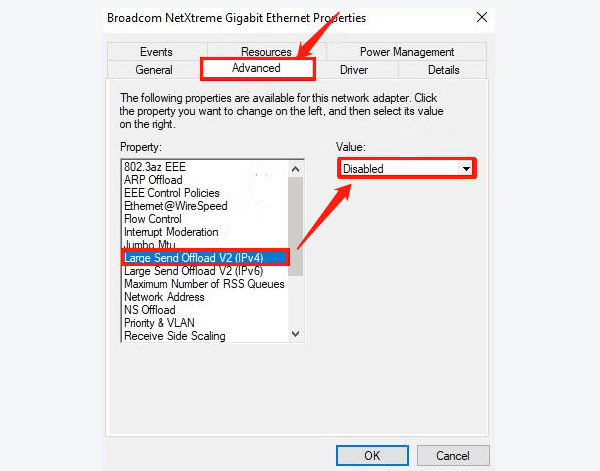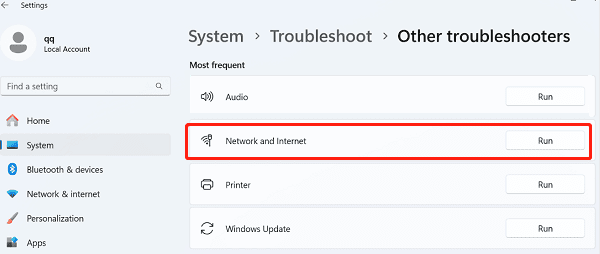
When using Windows 11, some users may experience slow Internet speeds, affecting their browsing experience. This article provides detailed solutions to optimize Windows 11 network performance and improve Internet speed.
1. Check Network Connection
Restart your router and computer – Turn off the power, wait a few minutes, then reconnect.
Check other devices – If other devices (e.g., smartphones) also have slow speeds, the issue might be with your network.
Use a wired connection – Connect your computer directly to the router with an Ethernet cable to see if it improves speed.
2. Update Network Drivers
Outdated or corrupted drivers can slow down your Internet connection. Keeping your drivers up to date can help resolve this issue. Using Driver Sentry for automatic driver updates saves time and prevents installation errors.
Click the download button to get the latest version of Driver Sentry, install and open the software, then click "Scan".

The scan will detect missing or outdated drivers. Locate the network driver in the results and click "Upgrade".
After updating, restart your computer to ensure the new drivers take effect.
3. Test Internet Speed
Open your browser and visit a speed test website like Speedtest.
Click "RUN SPEED TEST" and wait for the results, which will show download speed, upload speed, and latency.

If your speed is significantly lower than your Internet plan, contact your ISP for further troubleshooting.
4. Disable Peer-to-Peer Updates
Open Settings, go to "Update & Security".
Select Windows Update from the left menu and click "Advanced" options.
Choose "Delivery Optimization" and turn off "Allow downloads from other PCs".
This prevents Windows from using P2P updates, reducing unnecessary network load.
5. Disable Large Send Offload
Right-click This PC and select "Manage".
In the Computer Management window, open Device Manager.
Expand "Network Adapters", right-click your network adapter, and select "Properties".
Under the "Advanced" tab, find "Large Send Offload v2 (IPv4) and Large Send Offload v2 (IPv6)", then set them to "Disabled".

Click "OK", close the window, and restart your computer.
6. Run Windows Troubleshooter
Open Settings (press Win + I), go to System, and select "Troubleshoot".
Under "Other troubleshooters", find "Network and Internet" and click "Run".

Follow the on-screen instructions to complete the troubleshooting process and check if the issue is resolved.
These solutions can effectively improve Internet speed and ensure a smooth browsing experience. If the problem persists, consider contacting your ISP or upgrading to a higher bandwidth plan.
See also:
How to Fix Windows 11 Unable to Enter Sleep Mode
Methods to Fix 'HP Printer Driver Is Unavailable'